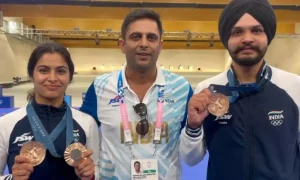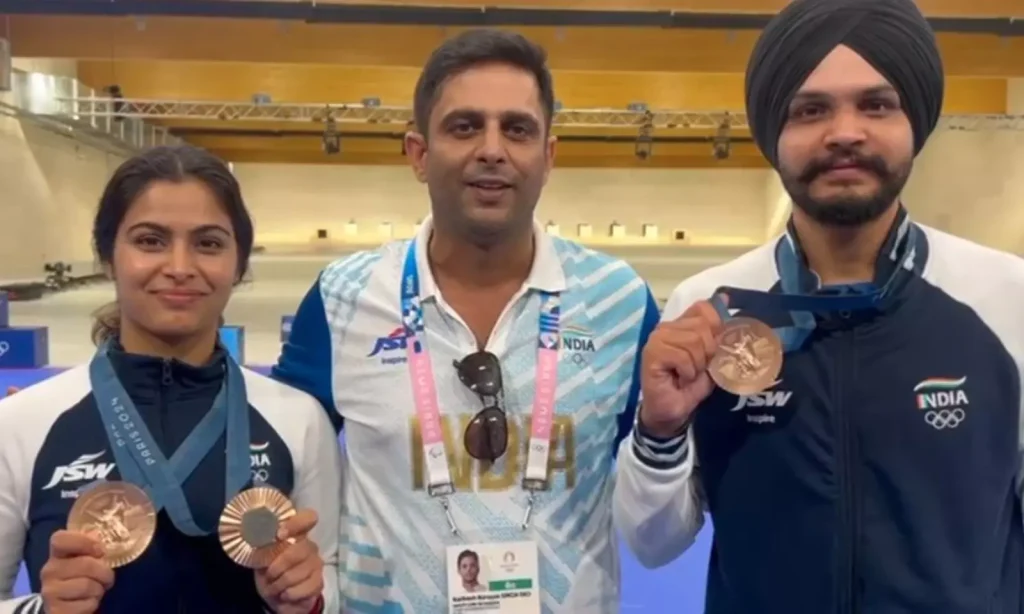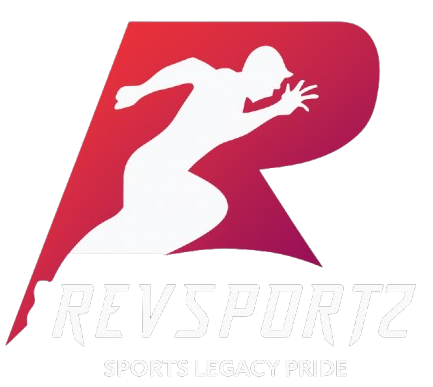
India shooting is on the verge of witnessing history with the inauguration of the ‘Shooting League of India’, a franchise-based mixed team competition featuring Olympic disciplines, including top international and domestic shooters. At the heart of this ambitious project is NRAI President Kalikesh Singh Deo, who has been working closely on reshaping the roadmap of Indian shooting. In an exclusive conversation with RevSportz, Kalikesh Singh Deo opened up on building the ‘Shooting League of India’ and how NRAI is preparing to transition from 25m Rapid Fire Pistol to 25m Pistol post LA28.
What was the core motivation behind launching the Shooting League of India now, and how do you see it transforming the landscape of Indian shooting?
“You know, we’ve had a successful past four years in Indian shooting. As you’re aware, we got three bronze medals out of the total seven-medal tally for India in the Olympics. They got almost 22 or 24 medals in the Asian Games, and we had something like 21–22 quotas this time. We’re the largest ever Indian contingent going to the Olympics, and a series of World Championship gold medals, world records. This was a great time to bring something new to try and expand the base of shooting.
Shooting in India is one of the fastest-growing sports. It’s got 95,000 registered shooters, more than 17,000 ranges from big to small, three or four international-level infrastructures — Delhi, Madhya Pradesh — and more are being constructed in Gujarat, Tamil Nadu, Dehradun, Kerala. So some great effort is going into the sport of shooting.
We felt that we needed to do something new to capitalize on the eagerness and enthusiasm for shooting that is generated after the Olympics, to ensure that we provide a platform for our shooters who can actually benefit from an international-level competition, which is financially sustainable, which makes brands out of our shooters, and ensures their financial success and support in the future. So we thought of the Shooting League, a unique venture because it’s the first of its kind in the world. And I’m very happy to inform you and your viewers that we have got a sanction from the ISSF. The calendar has been blocked from the 20th of November for 11 or 12 days, and we hope to provide you with an exciting season.”
Tell us a little bit about how you landed on the structure of the league and what kind of viewer engagement are you hoping to build?
“So shooting is not traditionally a viewer-friendly sport like cricket is. And of course, we all know what India is — India’s fan following for cricket is massive. But yet it’s a sport that India does very well, not only in the region, but globally. We are probably in the top two or three countries in the world, if you look at shooting sports. And it was a challenge to address the issue of a format and a structure.
Because shooting is a multidisciplinary sport. While it’s a team sport, it’s also very much an individual sport. While it’s a sport of precision, it’s also a sport of mental strength and a complete belief in yourself.
And so the structure that we brought out encompasses all six Olympic disciplines. We’ve got a mixed team format only in the finals — so we don’t have a qualification match. It’s only the finals format with a man and a woman competing against each other. We’ve allowed a maximum of 25%, that is four athletes, to be international in any franchise-based team, and a minimum of two under-21 athletes. Remember, we are looking at not only the 2028 Olympics, but we have to position ourselves for 2032 and 2036, which means that a 17-year-old boy today will be in our team in 2032. And a 14-year-old boy or girl will be in our team in 2036.
So we’re looking at ensuring that the shooting league provides a platform for these young talents to come in. In terms of fan engagement and viewership, there are a number of technological advances that have happened over the last decade. We now have cameras that can precisely point out the shot, the breathing rhythm, the body rhythm, the blood pressure, the heartbeat.
We have various angles, which of course, cricket has shown us how to use to make the sport more precise and more exciting. And of course, let’s not forget that we have a huge gaming community in India. Esports is now also becoming an Olympic-level, Asian Games-level sport. So we hope to capitalize on the fanbase of shooting and merge it with the fan base of gaming and esports to ensure that we have a wider outreach — beyond the 95,000 or so people registered with us.”
You’ve spoken about working with OTT platforms and broadcasters. How important is commercial visibility for a sport like shooting, which has traditionally flown under the radar?
“So traditionally, you’re right, shooting has been under the radar. But I think for any sport to be sustainable, you need to have commercial visibility and brand visibility. Now, you know, cricket, of course, is another league altogether. But even Kabaddi has shown us that it is possible.
And now there are more than 30 leagues operating — some well, some not so well. And I think we have learned from the mistakes of others. We, as a federation, want to incubate the Shooting League and ensure that professionals come in to manage the operations of the league.
We will see our franchise owners and athletes as long-term partners, not as vendors that we intend to make a little bit of money from or get some profits from. We intend to evolve our model and work with our franchises to make sure that it’s a sustainable model for them and they stick with us for the longer term. I think what’s going to be key for the Shooting League is to see how we can actually go beyond the paradigms of what shooting’s constraints are now, and we are in the process of exploring them.”
The 25-meter Rapid Fire is set to be replaced by a 25-meter Pistol after the LA Olympics. Now, how is NRAI preparing shooters like Anish Bhanwala and Vijayveer Sidhu for that transition?
“So up to 2028, you have the 25m Rapid Fire. It will be replaced by the 25m Sports Pistol after that. In fact, in the Shooting League format, we haven’t kept Rapid Fire — we’ve included a mixed team Sports Pistol event. So that’s one step that we’ve already taken. We have also allowed our shooters to compete in the Sports Pistol events at international events for these coming four years.
Traditionally, we don’t allow our Olympic-level shooters or our national team shooters to compete in non-Olympic sports because it distracts them from their main goal. But in this case, we’re specifically allowing that so we can have a smooth transition from Rapid Fire to Sports Pistol when it happens. In fact, our focus going ahead over the next four years will be to see how we can migrate our Rapid Fire shooters, along with the other shooters who are already competing in Sports Pistol, into a more structured format.”
Beyond medals and visibility, what does long-term success for this league look like for Indian shooting and for you personally as well?
“Being an ex-shooter myself, shooting is very close to my heart. And the Olympic wins, the Asian Games wins, the international wins — for me — are a platform to ensure that we spread the popularity of shooting. And we grow the sport in leaps and bounds beyond what has happened so far, which has grown organically. Now, even the league itself is a platform that will propel us towards that. I think the golden years of shooting are still to come.
I think the years are up ahead. You will see the Indian shooting team perform very well on an international level. Not only that, you will see a large-scale interest from shooters and shooting fans who come in and ensure that the sport becomes popular, successful, and financially sustainable.”




